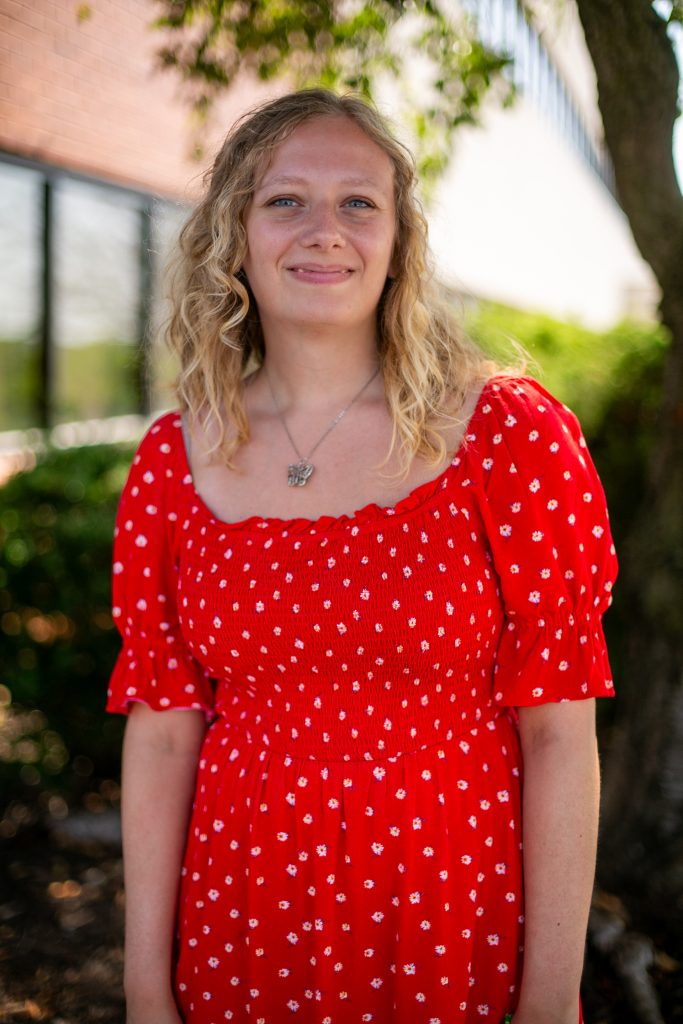Looking Through Time

As fall continues, we approach our most controversial holiday here at Liberty: Halloween. I like Halloween. I like the festivities, the pumpkins, candy, dressing up and the orange colors for decoration. I grew up celebrating Halloween, but my parents did have boundaries. I never was allowed to dress in devilish or scary costumes or anything like that. I was a ladybug one year and a pirate another. I was never allowed to watch supernatural or horror movies, and our Halloween decorations were tasteful and fun. So, I always had great experiences with Halloween and really liked it then and now.
But Halloween has evolved incredibly throughout the ages since its origin, and I would be remiss if I did not dive into the history of some of our favorite Halloween traditions. Where did the idea of this holiday come from? For that, we must go back 2000 years ago with the ancient pagan Celts living in what is now the UK, Ireland and northern France.
The Celts celebrated Samhain, which marked the midpoint between the fall equinox and winter solstice. During this season, they would light massive bonfires and pray together. We think a lot about ghosts and other scary paranormal figures at Halloween and that is traced back to Samhain. The Celts believed during Samhain, the barrier between the spirit and physical world would be easier to cross. They also dressed up as animals and monsters so that fairies would not kidnap them.
All of that is crazy stuff. No wonder when the Catholics saw all of it in the 9th century, they decided to make some changes. It is believed that in 1000 A.D., the Church made Nov. 2 All Souls’ Day to supplant the pagan rituals with a Christianized holiday. The holiday was also called All-Hallows, and since Samhain took place the day before, the pagan holiday began to change its name to All-Hallows Eve or later, Halloween. To this day, the Catholic Church recognizes All Saints’ Day and All Souls’ Day as holidays.
And what about going to people’s houses for candy? If you really think about it, what an odd concept. Well, we get to thank the Middle Ages for that. In England and Ireland, the poor would visit wealthier homes on All Saints’ or All Souls’ Day and ask for soul cakes or pastries in exchange for prayers for the souls of dead relatives. This practice was called souling. Later, this would be taken up by children and become more like trick-or-treating as we know it today.
One of my favorite parts of Halloween is the pumpkins and jack-o-lanterns, and we can look to the 19th century for the origin of this creative tradition. But this idea did not start out with pumpkins, it started with turnips and potatoes. In the 1800s, an Irish myth became popular about the figure of Stingy Jack, who had tricked the devil and was now forced to roam the earth with a turnip carved into a lantern to light his path. With how superstitious people were back in the day, people began carving scary faces into turnips and potatoes to ward off Stingy Jack.
Halloween was not commercialized until the 1940s and 50s when pop culture outfits and children’s cartoon figures started being processed into costumes for kids to wear. Now, Halloween is a holiday of American consumerism, selling around 600 million pounds of candy each year, according to Huffington Post.
Happy Halloween, y’all.
Pace is the assistant feature editor for the Liberty Champion

